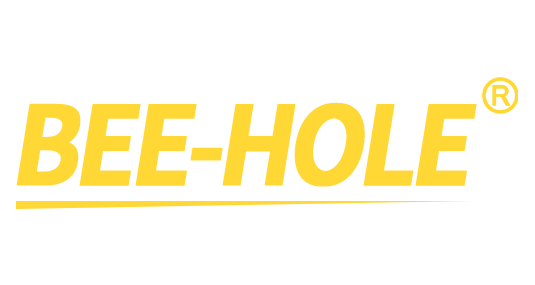Analysis and Operations Guide for Independent Website Sales Model
1. Sales Model
The sales model of independent sites mainly includes 2b, 2C, and COD. 2b mainly focuses on small-scale wholesale, targeting buyers who purchase dozens or hundreds of items online; 2C mainly focuses on retailing single items, targeting buyers who purchase a few products online; COD mainly adopts a cash on delivery mode, attracting impulse buyers, such as those from Taiwan, Southeast Asia, Japan, the Middle East, and other regions.
2. Core Issues
Regardless of which sales model is chosen, independent sites need to decide on key issues such as the main direction, pricing, market, marketing model, promotional channels, website optimization, and more.
3. Traffic Acquisition
In terms of traffic acquisition, the b-end can acquire customers through offline exhibitions, local LinkedIn promotion, communities, forums, and online search engine adWords; the C-end can promote through social media, internet celebrities, CPC click advertising, and other channels; the promotion channels for COD are similar to the C-end, but there will be differences in logistics, such as picking up items at Taiwanese supermarkets, logistics collection of payments, and more.
4. Customer Orientation
B-side mainly targets companies, distributors, and C-end customers; C-end mainly targets individual customers; COD also mainly targets individual customers.
5. Product Prices
B-end products have low unit prices, high per customer transaction value, high repurchase rate, and few new customers; C-end products have relatively higher unit prices, low per customer transaction value, low repurchase rate, focusing on new customers; COD products have relatively low prices, fall under impulse purchases, with lower repurchase rates compared to C-end.
6. Shipping Strategies
B-end usually does not offer free shipping, provides various paid shipping options for buyers to choose from; C-end offers free shipping discounts based on product prices or sets conditions for free shipping, supports various logistics methods; COD mostly offers free shipping, using logistics methods such as pickup at supermarkets or region-based fee collection.
7. Operational Strategies
B-end emphasizes service, logistics capabilities, and supply chain capabilities, provides after-sales service, establishes long-term cooperation with distributors; C-end needs to focus on product explosive capabilities and provide personalized after-sales service; COD tends to lean towards explosive product models, with lower service requirements but higher logistics requirements.
8. Website Optimization
B-side websites usually use small B-type comprehensive templates, support wholesale functions and hierarchical membership levels, as well as product image data package downloads; C-side websites use vertical templates, support operation activities and one-click payment functions; COD websites choose single-page templates or mall-style templates according to needs, support COD ordering and online additional product giving.
9. Ultimate Goal
Regardless of the sales model chosen, the ultimate goal of independent websites is to establish private domain traffic, attract target users, and build brand influence. By choosing a sales model that suits oneself and persisting in efforts, independent websites can also successfully establish their brands and attract customer traffic.

